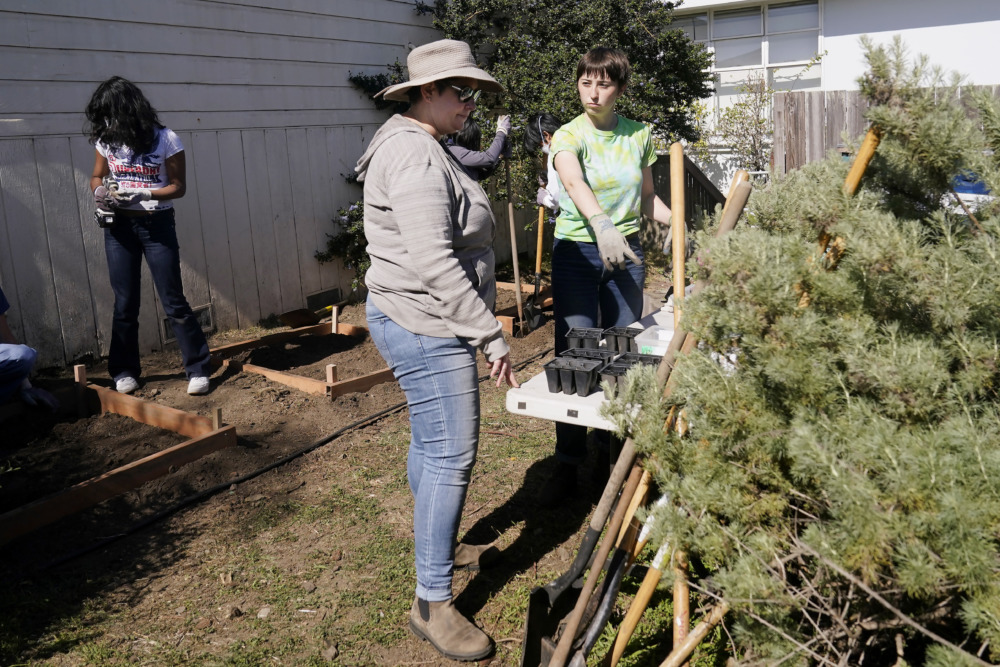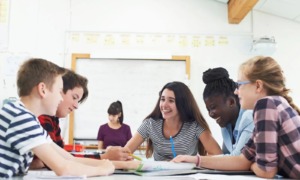WASHINGTON (AP) — When the pandemic shut schools two years ago, Scott Losavio faced a problem afflicting students, administrators and communities everywhere: What happens when all the student volunteers disappear?
As service coordinator at Catholic High School in Baton Rouge, Louisiana, Losavio helps students fulfill the school’s requirement to perform community service hours. Juniors must do 40 “Type A” volunteer hours, where they have direct contact with the people being served, and seniors must do 20.
Packing boxes in a food bank warehouse doesn’t qualify, but serving meals in a soup kitchen does. “We want them to have a real human interaction and develop a sense of passion and empathy for people that are suffering,” Losavio said.
All of that, of course, became nearly impossible when the coronavirus pandemic sent students home in the midst of the 2019-2020 school year and kept them home for the following year as communities shut down and people were told to avoid direct contact.
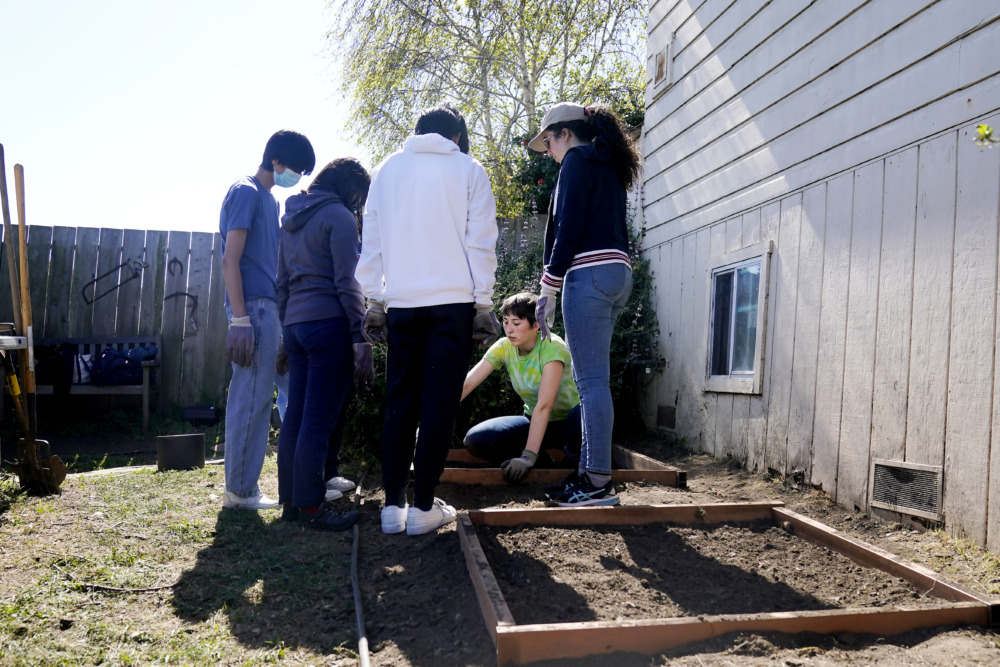
Jeff Chiu/AP
Food Justice Club leader and Lick-Wilmerding High School senior Lucy, kneeling, gives instructions to students participate in a garden maintenance session at the high school in San Francisco, Wednesday, March 9, 2022.
Now with the pandemic potentially fading, school administrators are anticipating returning to the pre-COVID-19 days of unhindered volunteerism. Not a moment too soon at Catholic High School.
“I work with teenagers all day, and I know what kind of knuckleheads they are,” Losavio said. “But I also know that when they’re out there helping other people, that’s when they’re at their best.”
Across the U.S., the pandemic forced school administrators like Losavio to slash or eliminate student volunteer requirements.
Students either abandoned volunteering or strained to find safe ways to serve their communities in a time of isolation and crisis.
Catholic High cut the volunteer hours requirement by half across the board and waived the Type A stipulation. And the definitions for what qualifies as volunteering have been creatively stretched.
“I basically for the last two years have told kids that as long as they are serving someone who is not family and you’re not getting paid for it, it counts toward your hours,” Losavio said. “It’s been a real loss. I’m trying to get them to learn how to care about other people.”
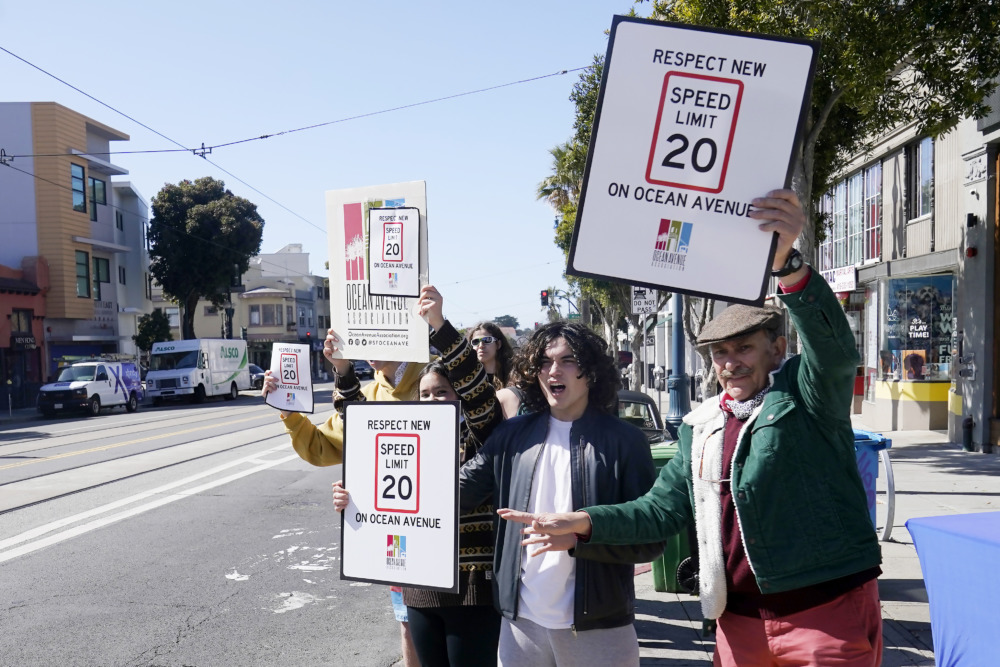
Jeff Chiu/AP
Ocean Avenue Association executive director Pierre Smit, right, and Lick-Wilmerding High School sophomores hold up signs for oncoming traffic at a Slow Down on Ocean Ave event in San Francisco, Wednesday, March 9, 2022.
The pullback hurt broadly. For communities, thousands of dependable volunteer hours vanished at a moment of spiraling need.
And the students lost out on the kind of empathy-building experiences that such requirements were designed to create.
“There’s thousands of hours of work that’s not getting done and the community is not being served,” said Adam Weiss, community service coordinator for Oceana High School in Pacifica, California. For students, volunteering “gives them work experience and gives back to the community and helps them get out of their teenage bubble.”
Weiss’ school dropped its community service requirement from 100 hours to 32. Even that, he said, runs on “much more of an honor system these days.”
Even at schools without service requirements, volunteer-oriented groups like the Key Club faced the same problem.
“Everything just went kerplunk,” said Kimberlyn Denson, a 9th grade teacher and Key Club adviser for Baton Rouge Magnet High School. “Suddenly there was nothing out there for them to safely do.”
Her school doesn’t have a volunteer requirement, but its Key Club members still worked to find safe ways to contribute — organizing donation drives to gather canned goods, socks and toiletries for homeless shelters.
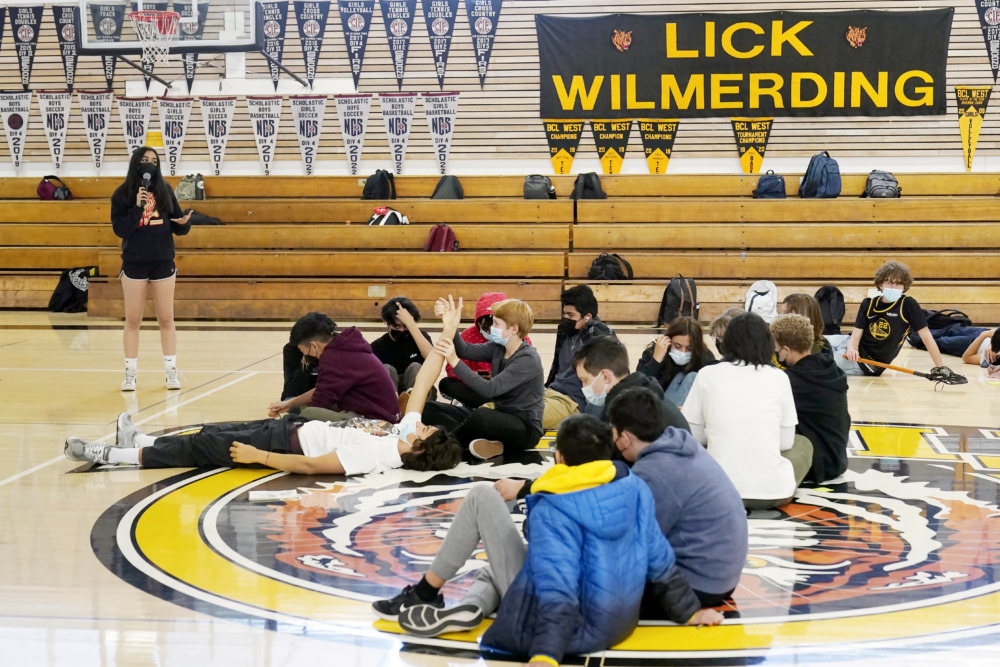
Jeff Chiu/AP
Lick-Wilmerding High School sophomore student leader Alia (last name not given), left, speaks to students during a freshmen year Public Purpose Program workshop at the high school in San Francisco, Wednesday, March 9, 2022.
Outdoor volunteer activities also became a huge draw. In December 2020, when Denson helped organize a clean-up at Louisiana’s oldest Black cemetery, it drew so many student volunteers that she had to cut it off at 60 people.
“There were some small advantages to it,” she said of those isolating times. “The students came up with some service projects that we really would not have done before.”
The community service requirement is rare at the state level, with only Maryland (and the District of Columbia) mandating it. But individual schools, both public and private, frequently institute them.
With no real coordination when the pandemic struck, these schools and school districts had to make their own decisions on how to handle things. That applies, too, to reinstating community service requirements.
In Prince George’s County, Maryland, the school district waived the state-mandated 75-hour requirement to graduate for the 2020 and 2021 graduating classes. For the 2022 graduating class, a 24-hour volunteer requirement was brought back, along with relaxed guidelines on what would qualify.
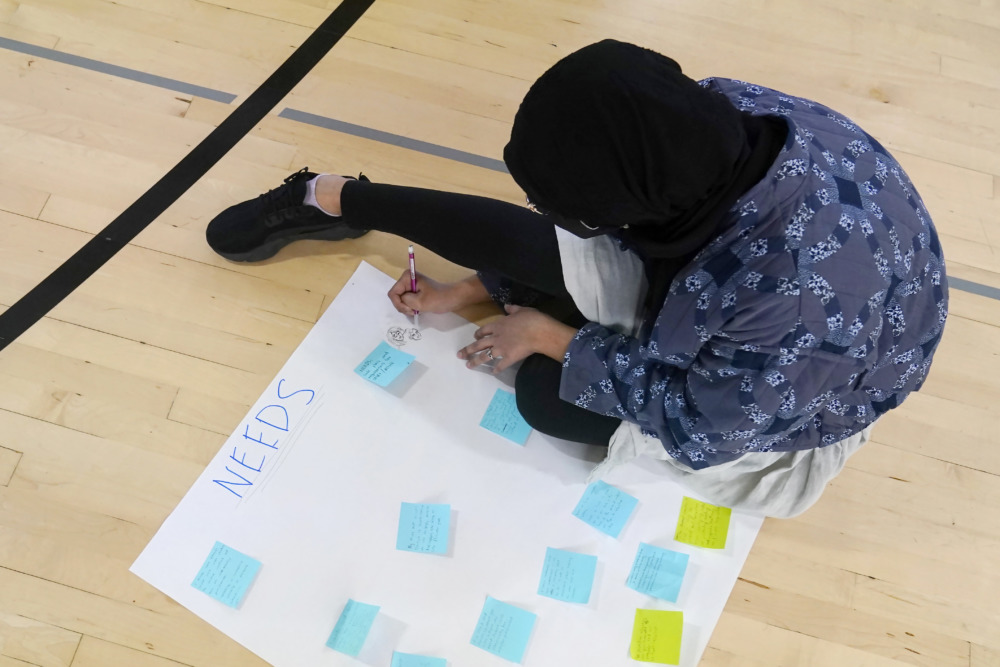
Jeff Chiu/AP
Lick-Wilmerding High School freshman student Zainab writes on a board during a freshmen class Public Purpose Program workshop at the high school in San Francisco, Wednesday, March 9, 2022.
In some cases, shifting policies have caused confusion. In Washington, the 100-hour requirement to graduate high school was waived for the 2020 and 2021 graduating classes. But this year the city’s school system brought it back in full — which means that many current seniors are scrambling to find ways to accumulate volunteer hours after having done nothing for 18 months.
Enrique Gutierrez, a spokesman for D.C. Public Schools, said in an email that the school district has worked to create socially distanced opportunities so students can “still have an impact even in a world with COVID.”
Now, with students back in school buildings, safe volunteer opportunities remain limited. Common volunteer options like homeless shelters and senior homes remain largely closed to outsiders, and organizations like food banks have had to institute social distancing rules for indoor and warehouse work.
“A room that once held 80 people now safely holds 20,” said Cody Jang, associate director of community engagement for the San Francisco-Marin Food Bank. “A teacher just contacted me wanting to bring 60 students, and we just didn’t have the space for them with social distancing.”
Not every school chose to reduce its community service requirements in the pandemic. At Lick-Wilmerding High School in San Francisco, administrators retained the school’s 40-hour requirement for 10th graders.
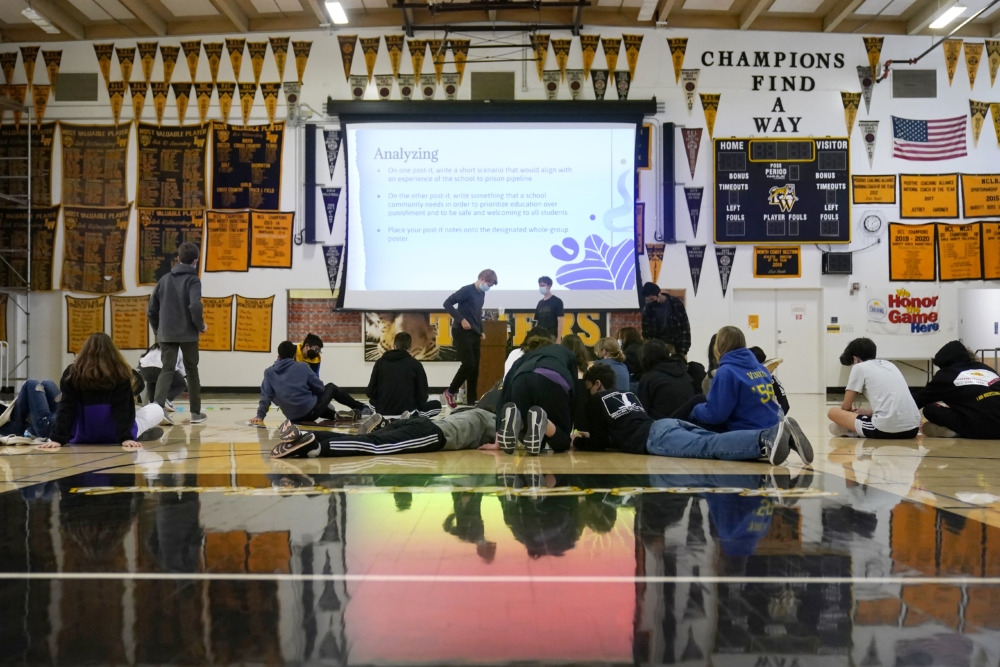
Jeff Chiu/AP
Lick-Wilmerding High School students participate in a freshmen class Public Purpose Program workshop at the high school in San Francisco, Wednesday, March 9, 2022.
“That was a decision we had to make early on — do we just scrap the whole requirement?” said Alan Wesson Suarez, the school’s public purpose program director. “I’m glad we decided to keep it.” Otherwise, “it would be sending the wrong message to our students about the way we want them to be engaged.”
But keeping the requirement in place in a mostly shuttered country meant getting creative.
“Suddenly we had to accommodate and adapt to students who couldn’t leave their homes,” Suarez said.
In some cases, the students themselves came up with new forms of public service. One started transcribing old historical documents for the Smithsonian Institution and soon several other students had joined in.
“I had never seen a student do that before,” Suarez said.


